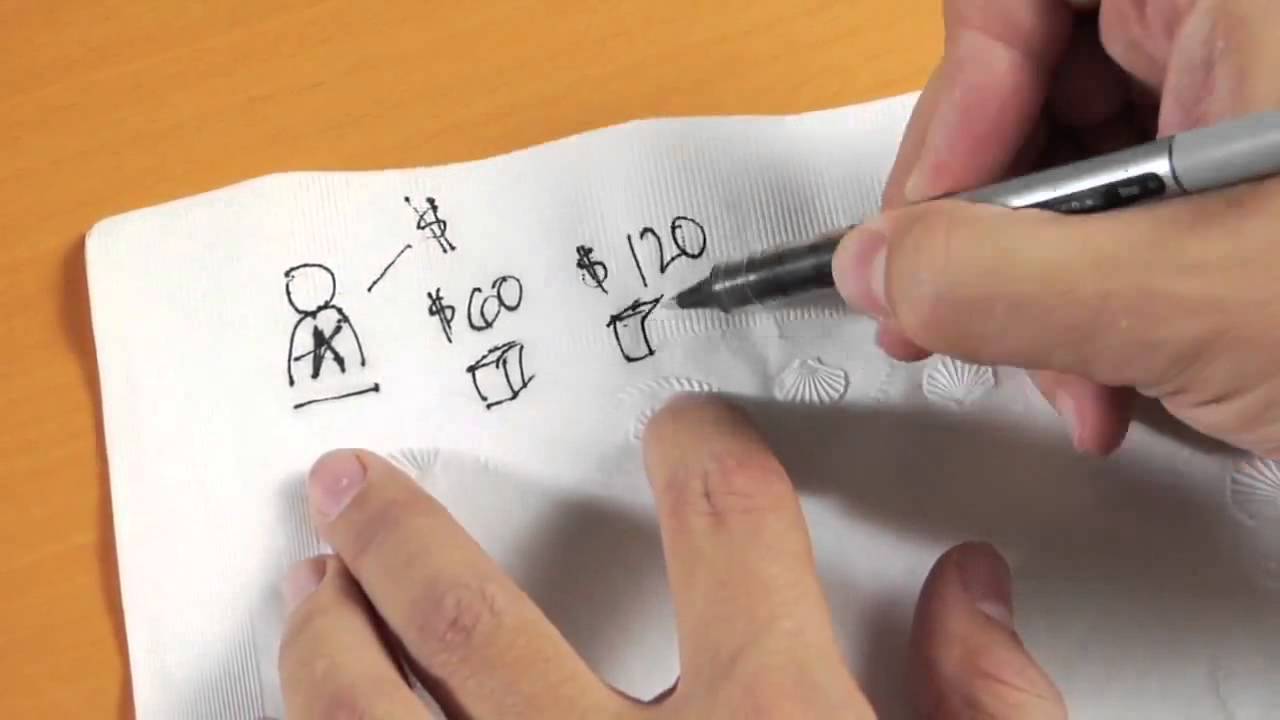 Well, here we are, just days away from a new year. Richard and I hope this was a fantastic year for you. If it was, you have so much to build from, and if it was not so great, the good news is that you get to start over again and make next year a success!
Well, here we are, just days away from a new year. Richard and I hope this was a fantastic year for you. If it was, you have so much to build from, and if it was not so great, the good news is that you get to start over again and make next year a success!
For the past several years I’ve taken this time to suggest some New Year’s resolutions as you continue to grow your fundraising program. And this year, I’m doing it again.
I always like to take the week between Christmas and the New Year to focus on two things: 1) Getting in those last minute gifts and 2) Beginning to do some “big picture” thinking about my major gift and overall development program. Hopefully, these six resolutions will inspire you to start thinking BIG in the new year. Quite frankly, without these six resolutions, your fundraising program is NOT going to grow and thrive.
So hang on for the ride. This is going to be good.
Resolution #1 — Figure Out Where You Are
“How do you know where you are going if you don’t know where you’ve been?” as the old saying goes. Well, there is a ton of wisdom in that question and it’s one that, unfortunately, many development leaders don’t ask themselves.
Richard and I are shocked at that fact that development professionals and major gift officers are so unaware of how their own programs or caseloads are performing. So, before we do any big thinking for 2014, we need to know where we are today.
Here are the critical areas to review:
- Evaluate caseload donor behavior — You need to look at your individual major gift caseload and figure out who gave last year that didn’t this year. Who upgraded and who downgraded giving? Who should come off the caseload? Who should be added to the caseload? By the way, make sure your database is updated with the reason why a donor’s behavior has changed, either positively or negatively.
- Review individual caseload quality and value — Each year you are trying to grow your caseload in terms of revenue, retention and ROI. But there is one more indicator, and that is “Strength and Quality of Caseload.” This is often overlooked and sometimes we get into debates with development directors on this point. Instead of just evaluating a caseload on how the same donors did last year compared with this year, we want to evaluate whether the quality of the caseload is improving. As we have said many times before, at least once per year, the major gift caseload should be scrutinized and the “non-performers” should be taken off and replaced by “up-and-comers.” If a major gift officer is doing his job correctly, he is constantly building a higher quality, higher-value caseload. So, not only is he moving donors up with higher giving levels, he is also culling the donors who aren’t capable of a major gift. We find too many caseloads with “dead weight” that could open up room for new donors who desire more attention and focus. The result of all this is higher revenue, retention, quality and value of a caseload and that translates into higher ROI.
- Tracking donor behavior — In many fundraising shops, development directors may be tracking individual campaigns or overall revenue, but they are not evaluating the development of the donor base. YOU need to know how segments and individual donors are performing over time. You need to track retention rate, average gift, gifts per donor, and revenue per donor for new, second year donors, multi-year donors and lapsed donors year over year. This allows you to see the big picture in donor performance. In addition, you need to evaluate by classified type of donor: General, Mid-level and Major Gift, broken out by the above criteria.
- Review individual donor strategies — This is where you need to evaluate all fundraising activities and review response, revenue, expense and ROI of each activity. I can’t tell you how often I see development professionals doing the same thing year in and year out just because “that’s the way they’ve always done it.” That’s just lazy. Just because you hold an annual event every year doesn’t mean that is a good strategy. If it’s losing money or you are barely breaking even, you need to reconsider it. If you send out only two appeals a year and the ROI is over 10:1 on each letter, then your donors are telling you to mail them more! The point is that each strategy has to be reviewed for effectiveness.
If you want next year to be a great year for you and your organization, your first resolution is to evaluate where you are. Seriously, it is critical to have some good context to understand what you need to do moving forward. Don’t make the mistake of jumping in without looking back. Evaluate, evaluate, evaluate.
Jeff
Series details:
#1 – Figure out where you are (this post)
#2 – Invest in your major gift program
#3 – Unclog your pipes!
#4 – Build a solid bridge
#5 – Take care of your people
#6 – Take care of yourself







0 Comments